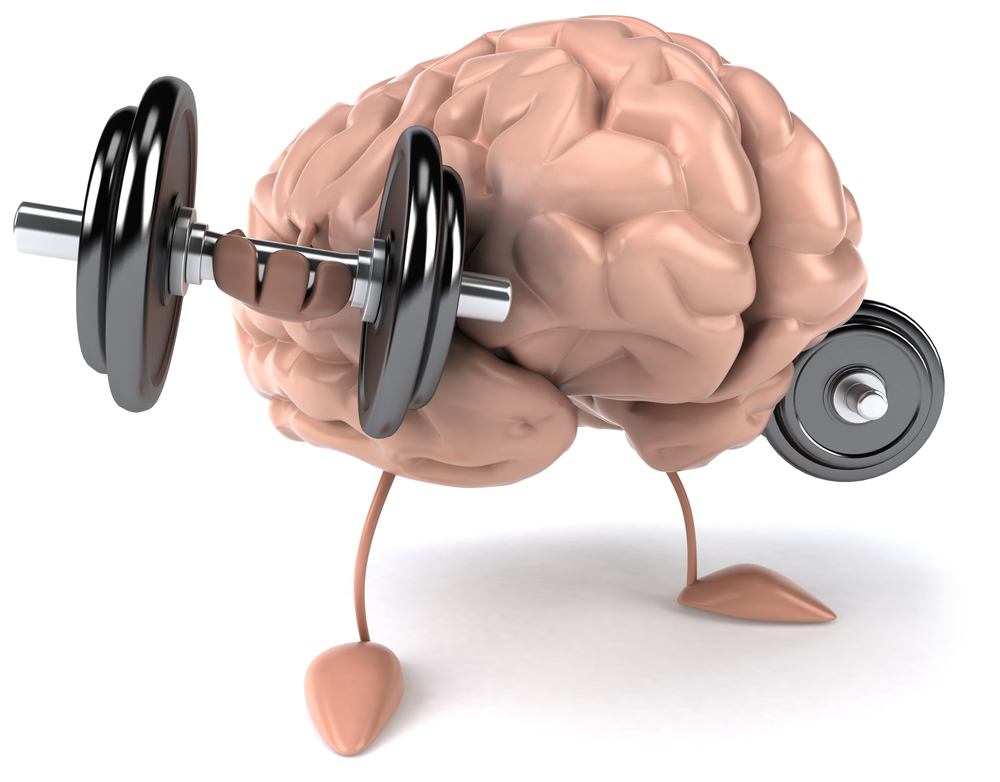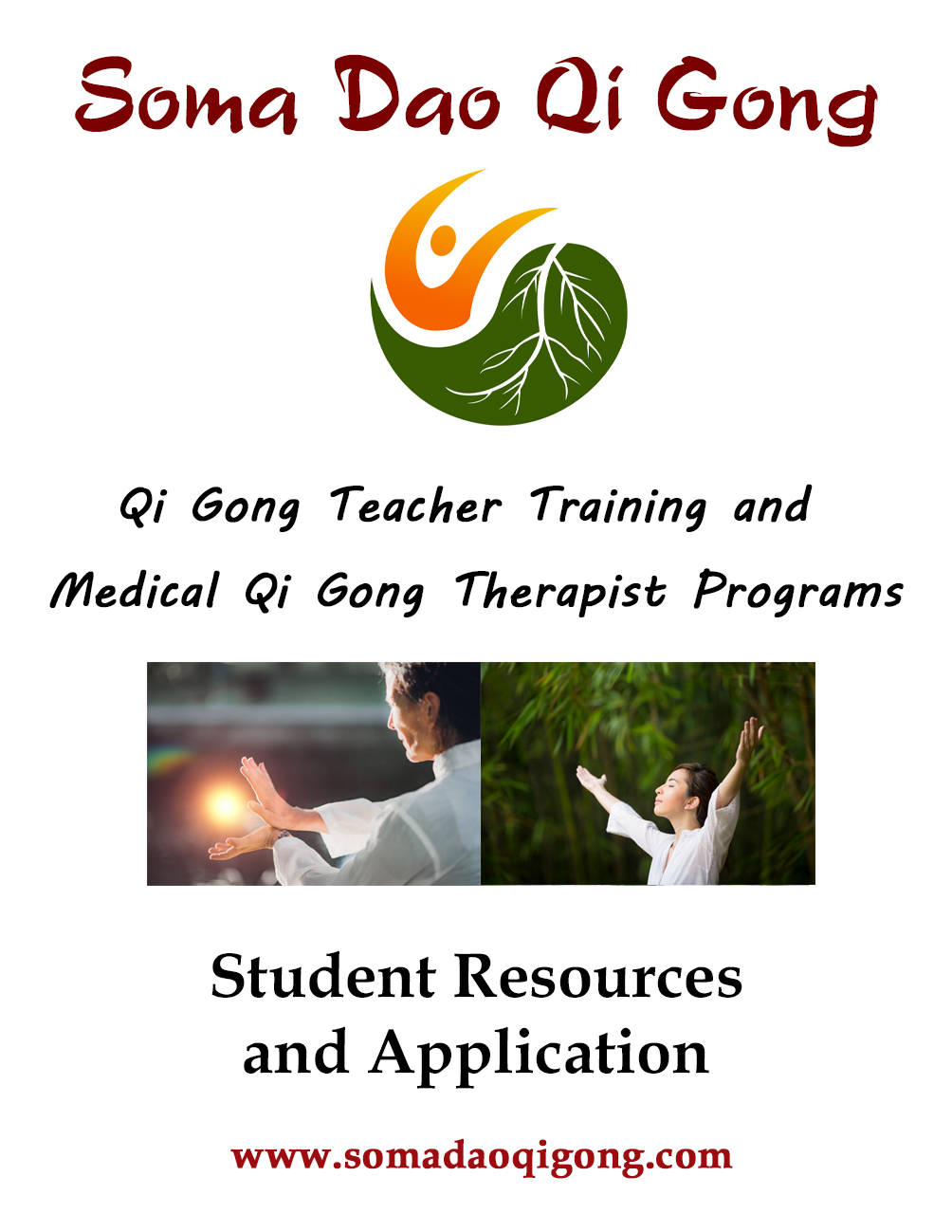Winter Mornings, Neuroplasticity, Breathwork, and Qi Gong – Part Three
Well, it is the last Friday of 2023…
Do you have big plans for 2024?
What can I create to support you over the next year?
Please let me know. I now have a Patreon page, so I will be creating and sharing a lot podcasts, blogs, information videos, cooking shows, and a few other things.
Here is the link to my brand new Patreon page – I would be grateful for any support.
In the last two articles I have shared, the focus has been on how complex and conscious movement can profoundly increase Neuroplasticity – especially first thing in the morning.
If you have not read the previous two articles, here are the Links:
Winter Mornings, Neuroplasticity, and Complex Conscious Movement (Part One)
Winter Mornings, Neuroplasticity, and Flow States (Part Two)
I hope you are enjoying the information and inspiration!
If you want to have some support getting started, I am offering a course called, ‘Winter Mornings, Neuroplasticity, and Qi Gong.’
- Standing Meditation (Zhan Zhuang),
- Silk Reeling (Chan Si Jin),
- Longevity practices,
- Breathwork
- Nei Gong Meditation
- Five Animal Shapeshifting Qi Gong,
- and a few other fun surprises.
We will start on Jan 1st, but people can join in until Jan 15th.
Here is a link to LEARN MORE about the course

Neuroplasticity, Breathwork, and Qi Gong
Up to now, we have talked about the importance of resistance training, structural alignment, stretching, balance, coordination, agility, stillness, state shift, flow states, and conscious self-awareness. These will all help you stay fit and healthy and ensure that your innate ability for neuroplasticity is regenerating your nervous system’s tissues – especially your brain.
I have also shared why practicing Complex Movement in the morning can profoundly increase your alertness, creativity, mood, focus, memory, and of course neuroplasticity. A dedicated morning neuro-boosting session works even better if you randomize what you do and when.
In today’s article, I am going to share how conscious Breathwork and ancient practices like Qi Gong are so effective for longevity and neuroplasticity.
Conscious Breathwork
A skillful, consistent, and progressive Breathwork practice can change your life in about three months. Just like a bellows in a forge, Breathwork can be a significant catalyst in Neuroplasticity and neural regeneration.
Breathwork can measurably balance your Parasympathetic and Sympathetic, or your Fight or Flight and your Rest and Digest states in about two minutes. Most people with high blood pressure can reduce their readings by 10 percent in two minutes of a Breathwork practice called the Physiological Sigh.
Here is a video describing how to do that.
This ability to measurably change your physiology makes Breathwork one of the most effective approaches to Neuroplasticity!
Breathwork is usually combined with a standing, seated, or lying meditation practice, taking you deeper into stillness and silence.
BDNF – Brain Derived Neurotrophic Factor
Most forms of exercise induce deeper and/or faster breathing, increased circulation, as well as increased hormones that support tissue repair and growth. These changes increase a peptide called BDNF, or Brain Derived Neurotrophic Factor. This almost magical protein protects and regenerates all neuronal (nerve/brain) tissue, as well as modulates your neurotransmitters (molecules of emotion), improves learning and memory, and of course, is a driving factor in the gradual process of neuroplasticity.
BDNF is naturally higher in Spring and Summer, so keeping this activated in Winter is especially helpful.
Interesting things start to happen when you dramatically increase your blood Oxygen, your Carbon Dioxide levels, and eventually increase your Nitric Oxide levels. This relaxes your blood vessels, and believe it or not, increases circulation in the places that need it the most.
I will be sharing more about Nitric Oxide in the next couple of weeks.
One phenomenon that has gotten a lot of attention recently is the change in blood pH, which causes your blood to become more alkaline. Research has shown that the combination of higher Nitric Oxide and BDNF, along with more Alkaline blood serum, improves the function of your BH4 (Tetrahydrobiopterin) pathway – which regulates how your Neurotransmitter receptors work.
Said another way, better Qì flow in your brain, more energy, better mood, and generally feeling five years younger.
Regular practice of hyperventilation-specific breathwork (HSB) can also regulate and increase the availability of neurotransmitters like Serotonin, Dopamine, and Acetylcholine.
Breathwork is not only very good for your Central Nervous System, your adaptability, and your brain. It is also one of the most powerful tools in supporting people through the process of Trauma Release and Somatic Reorientation.

Qi Gong and Complex Movement
People have been Neuro-Boosting with Qì Gōng for thousands and thousands of years.
Qì Gōng includes body weight-centered resistance training, stretching, and every aspect of complex movement, stillness, state shift, and self-awareness.
Below, I will share three ways that include Qi Gong in your life skills toolbox. They may get a bit subtle.
Your Sacral Plexus
If you were to stand still in a Qi Gong standing meditation posture for 20 minutes some very powerful things begin to happen.
Standing with your knees bent as if you were a crouching animal for a while is a form of resistance training and invites you to find some prolonged stillness. Settling into your lower body, relaxing your neck and shoulders, and becoming intimately aligned with gravity will shift your state from ‘What is next?’, to ‘What is NOW?’
This ancient method of holding extended postures is an essential aspect of Qi Gong, Martial Arts, and Yoga practice. Standing meditation takes each of us from a place of nervous anticipation to an instinctual sense of readiness. Adding some gentle movement or gradual positional changes shifts your body awareness even deeper into your instinctual self.
Relaxing into your pelvis, relaxing through your knees, moving with intention, and relaxing into the ground, all engage your Sacral Plexus
Your Sacral Plexus is the bundle of nerves that come out of the bottom of your spine and innervate your legs and lower abdomen. These nerves are the most important aspect of your Fight and Flight responses. The more you are connected to your Sacral Plexus the better you will be at sports, sex, and walking on ice. Feeling confident is feeling connected to your survival capacity, or your ability to deal with unexpected and potentially threatening situations. Focusing your attention on your sacrum and pelvis as you engage in any other practice, connects the practice to your instinctual self.
It is the same with relaxation. It could be said that you can only relax as deeply as you are actually ready for something scary to happen. Paying attention to your Sacral Plexus during meditation or when you are dancing changes the ‘tone’ or ‘energy’ in some noticeable ways. Relaxing through all of the instincts and urges of your sacrum, or Root Chakra, will help every other aspect of your body and being.
It is like having a secret doorway into patience.
One of the biggest injuries that can happen to your Sacral Plexus is Trauma. Most forms of Trauma induce a Freeze state or a shutdown of your ability to move, react, or run. Many people who have experienced severe trauma describe leaving their bodies and watching what happened from above.
Bringing awareness, stillness, movement, confidence, and playfulness back into your Sacral Plexus, Pelvis and legs is a fundamental part of trauma recovery.
Standing meditation is my personal go-to Sacral Plexus check-in.
Often within a few minutes, I feel more connected to my animal body and natural aliveness.
Deep Stretching is also profoundly beneficial to your Sacral Plexus and your animal body.
Beyond the common sense of good posture and biomechanics, stretching your pelvis and legs can release a lot of repetitive fatigue and invite you to feel deeper into your instinctual self. Repetitive fatigue happens when we sit, stand, bend, lift, cross our legs, etc., too much. I use the term animal body to remind you that every nerve, bone, and muscle in your body has millions of years of memories of moving and being VERY still with both alertness and relaxation – most of the time – for your whole life!
Resistance training is all about metabolic resilience and physical strength. Given that your Sacral Plexus is so connected to feeling ready for anything, developing some physical strength and stability could change the way your Mind and Body think and feel about themselves and each other.
Breathwork, at higher levels of training, involves rocking and very coordinated contractions throughout your perineal floor and sphincter muscles. Rocking your sacrum in a way that is timed with your breath can engage an instinctual self-soothing response that resists going into a freeze response. The individual contraction of each of your pelvic muscles, in coordination with contractions in your diaphragm and perineal floor muscles, reconnects your Solar Plexus with your Sacral Plexus, which can be a crucial phase of Trauma Release Therapy.
Standing and Moving Meditation are great doorways into your Sacral Plexus and Neuroplasticity. Down-regulating stress hormones and inflammation from your immune system is also very beneficial to your brain and nervous system. Relaxing into meaningful and prolonged stillness will gradually teach you what your animal body knows about feeling ready and confident.
Dancing does the same thing!
If there is a ‘best medicine’ for humans, I think it is dancing.
The next time you go dancing, move with your attention on your sacrum and pelvis. The next time you watch others dance, notice the difference in the way people move with their pelvis and how you respond to the differences.
Your first guide on your journey to using Mind/Body integration for Neuroplasticity is your Sacral Plexus.
Keep your knees bent and your sacrum alive with attention!
Jing and Mojo
In Traditional Chinese medicine, the term Jing means ‘most refined and potent’, or ‘essence’. Some people consider Jing to be a substance, something you can have and lose. Some would say Jing is a state of being, a sense of personal presence, adaptability, and Mojo.
As a substance, I think of Jing as the abundance and balance of all of your hormones and neurotransmitters, vitamins, minerals, and other essential substances that support optimal health.
As a state of being, feeling your Mojo is like tapping into your felt sense, your sense of purpose and passion, and your innate aliveness. As long as that experience is always available, you have enough Jing or Mojo. If you do not, then the following opportunities should inspire you to improve your Neuroplasticity, help you avoid becoming a Koala, and get you back in touch with your Mojo.
Standing/Moving Meditation and Silence, stretching, lifting some weights, breathwork, dancing, and singing can all help you check in with and adjust your sense of Mojo. Any of these practices can help you begin your day full of vigor, or help you settle into your being before bed. The felt sense of your animal body has a profound impact on your health and mindset. Besides the embodied benefits of these practices, there is a lot of research on how they physiologically improve the balance of your hormones, neurotransmitters, and state of CNS distress.
To get the most out of this Mind/Body Interconnection, you just need to focus on your feelings of Grrr and Prrr…
Standing Meditation with a focus on Prolonged Stillness, Resistance Training with a focus on bodyweight training, and dancing can increase a hormone called Osteocalcin. When you create something called axial load on your bones, or a force that pushes on them end-to-end, your body prepares for increased energy usage and danger by secreting Osteocalcin. This hormone has been shown to make people more adaptable to short-term and long-term stress in several ways.
Any kind of Resistance Training will improve your metabolism and increase another hormone called Human Growth Hormone (HGH), which is considered to be an anti-aging hormone.
Grrr… Prrr…
Deep Stretching can regulate your stress hormones and neurotransmitters in a few ways. The innate sense of relief that comes with relaxing into a stretch, feeling the tension, and letting go is very tangible and enjoyable on an embodied level. Biochemically, deep and thorough stretching can induce a very rare growth hormone called Nerve Growth Factor (NGF).
Stretching can also help release inflammatory signals and the neurotransmitters involved in Embodied Trauma. This combination of NGF and the release of latent distress (or energy stagnation) gives your nervous system and brain a more open field to grow in. It is also why Qi Gong, Tai Chi, and Yoga masters live long, healthy, and alert lives.
Stretching, done skillfully, is very important for anyone with neurological problems, chronic inflammation, diabetic neuropathy, depression, anxiety, or insomnia.
Try This!
Reach one of your hands out to the side at the level of your diaphragm and then drop your elbow. If you keep reaching away from your body while relaxing and dropping your elbow, your hand should start to tingle. The nerve trunk going from your spine all the way through your arm down to your fingers is like a group of electric wires. They can stretch a little, but at a certain point, your nerves will tell you they are being pulled on or pushed on more than normal. This is meant to be a subtle sensation. If you go too far you can injure your nerves. That tingly ‘energy’ feeling tells your nerves to grow.
Breathwork can regulate many things as we will see below. But, any conversation about Neuroplasticity and a sense of Mojo should include two powerful facts about therapeutic breathwork.
If you practice breathwork regularly and properly you can increase the production of Nitric Oxide and Brain Derived Neurotrophic Factor (BDNF).
Nitric Oxide improves your circulation, your stress tolerance, and your ability to regulate neurotransmitter function in your brain. Nitric Oxide also improves libido and sexual function, which definitely feels like a boost to your Jing and your Mojo.
Brain-Derived Neurotrophic Factor (BDNF) can be stimulated through exercise as well as breathwork. BDNF, as the name suggests, helps your brain repair and regenerate itself over time.
I always like it when modern science and Traditional Chinese medicine agree with each other. If you can keep your bones strong, and your brain and nervous system full of active growth hormones, your Jing will be strong. If you keep your nerves, muscles, and fascia open, flexible, and free of latent trauma, your sense of Mojo will be AMAZING!
Qi Gong, Breathwork, and Neuroplasticity
As I mentioned above, a skillful, consistent, and progressive Breathwork practice can change your life in about three months.
This ability to measurably change your Mind/Body interconnections makes Breathwork one of the top six approaches to Neuroplasticity!
Breathwork is usually combined with standing, lying, or seated meditation practice, taking you deeper into stillness and silence. Just like the Physiological Sigh Practice can be used to alter physiology very positively, other forms of Breathwork can shift reflex patterns, embodied patterns of distress, and unresolved Trauma, while others can bring on visions. There are Breathwork practices to help hunters become more accurate, and practices to help come down from a panic attack.
Progressive Relaxation practices like Incremental Breathing can be used clinically for the treatment of anxiety. As an embodied somatic experience, predictable relaxation, and mild euphoria are powerful allies in stress reduction and better mental focus.
Qi Gong focuses on repetitive, gentle, and fluid gestures that challenge your range of motion, and balance, as well as a lifelong exploration of tone, pliability, and release. It includes practices like Deep Stretching Floorwork (Dian Gong), Resistance/Reflex Training (Lian Gong), Dancing, and other forms of ecstatic self-expression that can induce the liminal freedom to open Spiritually (Shen Ming). Combined with Conscious Breathwork, Meditative stillness, and Coherent Interaction (Yi Nian/ShouYi) are an amazing combination for bringing Mind, Body, and Meaning together.
As you rebuild the structure, habitual patterns, unconscious trigger reactions, circulation (Qi), and communication (Qi), of your your physical brain and your experience of yourself, you will have profoundly changed the course and daily experience of the rest of your Life!
Imagine stretching and actively letting go of an old relationship as you open your chest and abdomen in a deep stretch, releasing attachments as you exhale in waves.
Imagine the same experience while dancing ecstatically to music that moves your body like a lover. Let go, and still be Love.
This balance of extremes between monk-like stillness and shaman-like wildness, especially with Breathwork, can improve something called Heart Rate Variability (HRV), which is another measurable status for how responsive and adaptable your body is becoming.
As I mentioned above, regular Breathwork practice can increase both Nitric Oxide and BDNF in your brain. This naturally occurs during any standing, seated, walking, or lying Qi Gong practice.
Interesting things start to happen when you dramatically increase your blood oxygen levels. One phenomenon that has gotten a lot of attention recently is the increase in blood pH, which causes your blood to become more Alkaline.
Some research has shown that the combination of higher Nitric Oxide and BDNF with more Alkaline blood serum improves the function of your BH4 (Tetrahydrobiopterin) pathway. Regular practice of Hyperventilation-Specific Breathwork (HSB) can regulate and increase the availability of neurotransmitters like Serotonin, Dopamine, and Acetylcholine.
Qi Gong and Breathwork are not only very good for your CNS, your adaptability, and Nuro-Boosting your rain. It is also one of the most powerful tools in supporting people through the process of Trauma Release and Somatic Reorientation.
To say that Trauma changes people is to say that water is wet!
Recovering from Complex trauma is a long and very personal road. The greatest challenge on that road is trust.
If you were abused as a child, you have every possible reason to have ‘trust issues.’ If you experienced trauma in a war, your ability to reintegrate with your family and friends when you come home can also make it hard to feel connected, safe, and like you belong.
Humans are hard-wired for connection, communication, and collaboration. Your ability to notice subtle changes in another person’s body language, facial expressions, and tone of voice are instincts. It is estimated that 60 percent of any conversation happens underneath of your conscious mind through Neuroception. Neuroception is a description of the subtle information that is exchanged between all animals through body language, facial expressions, and tone of voice. It could be a mugger or a 2-month-old puppy.
There is undeniably a semi-conscious or intuitive form of shared perceptions and intentions in most animals.
Group classes, especially ones that involve co-regulation, self-regulation, and down-regulation, as well as mirroring the movements of the teacher are profoundly for helping your brain’s innate Neuroplasticity to regenerate in the context and experience of social connection and conscious relationship.
If you have spent many years with Polyvagal and CNS over-activation, an instinctual mistrust of others, or a general shutdown of interest in Belonging, give Neuroplasticity, Qi Gong, Breathwork, and conscious connection a chance to heal the wound of separation.
Even practicing at home, with a live online class, can support this birthright need for connection and for activating Neuroplastic Regenration.
This is especially true if there is a group conversation, sharing, or Q&A after the class.
In a couple of days, I will send the next article in this series. It will be about building an appropriate 20 – 30 minute session of Neuro-Boosting practices.
The Physiological Sigh – Breathwork
Open Your Lungs – Qi Gong
Winter Mornings, Neuroplasticity, and Qi Gong Online Course
- Standing Meditation (Zhan Zhuang),
- Silk Reeling (Chan Si Jin),
- Longevity practices,
- Breathwork
- Nei Gong Meditation
- Five Animal Shapeshifting Qi Gong,
- and a few other fun surprises.
Here is a link to LEARN MORE about the course
(please share with a friend)

I am interested in learning more about becoming a Qi Gong Teacher and/or a Medical Qi Gong Therapist and would like to receive your MONTHLY newsletter.
YES! Send me a copy of the Student Resource Guide
(We respect your privacy)
Beginning April 8, 2024
Learn the skills, practices, and principles necessary to safely and successfully guide others through several kinds of Qi Gong Classes.
